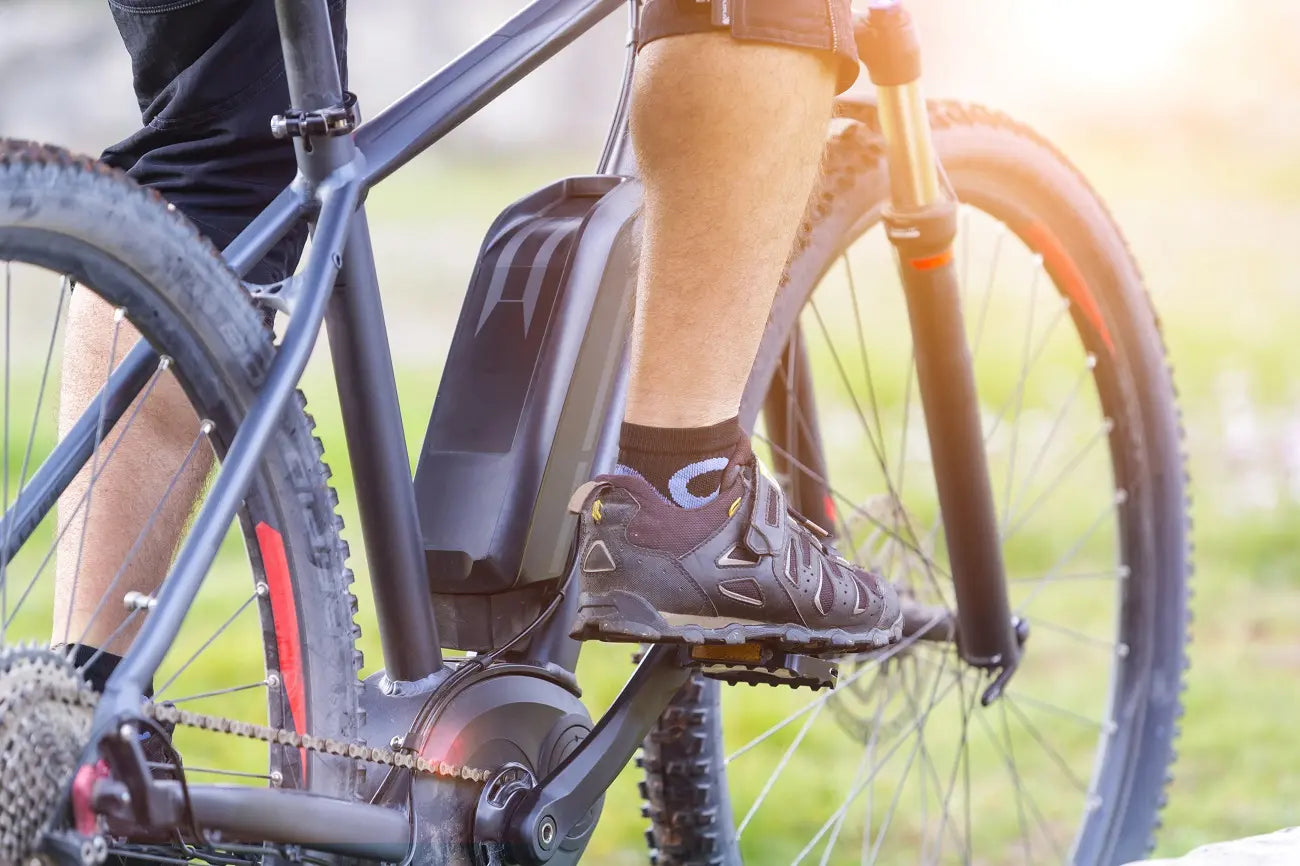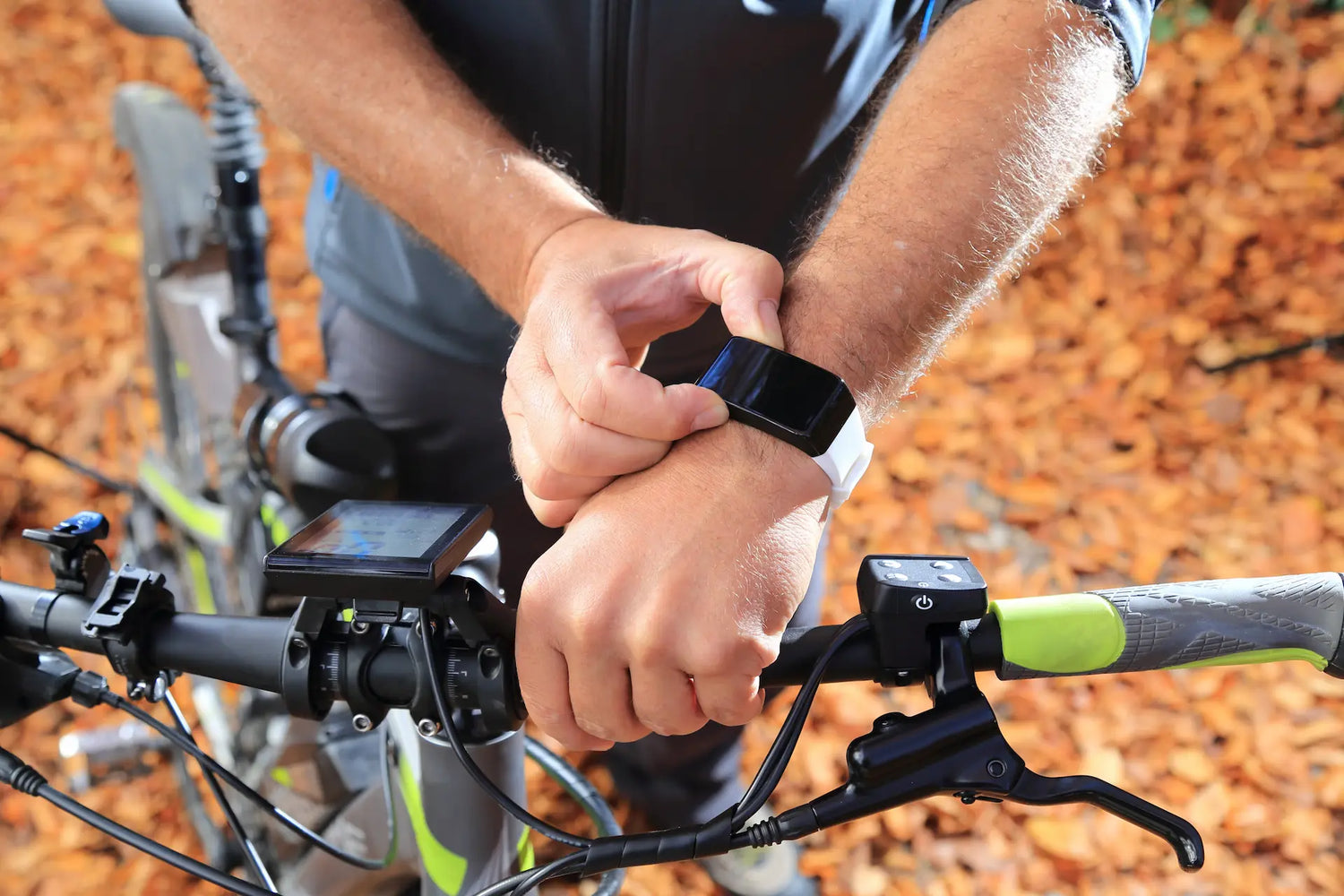
E-Bike Batteries and Their Types: How Long Does Ebike Battery Last?
Updated: 10/18/23
As electric bikes soar in popularity, potential and current riders often grapple with understanding the lifespan and intricacies of their e-bike battery. At Rydy Bikes, we recognize the significance of a quality battery in maximizing the e-bike experience. After all, it's what powers electric bicycles. Its longevity, performance, and reliability can determine how far you ride and how much you enjoy each journey. In this comprehensive guide, we'll unravel the complexities of electric bike batteries, giving you a clearer perspective on what to expect and how to make informed decisions when looking for an e-bike battery for sale.
Types of Electric Bike Batteries Ranked from Best to Worst
Choosing the right battery type for your electric bike is crucial. Make sure your electric bike's battery is right for your needs. There are three main types of e-bike batteries: lithium, nickel, and lead. Each has its own benefits and considerations.
#1. Lithium Batteries: The Optimal Choice
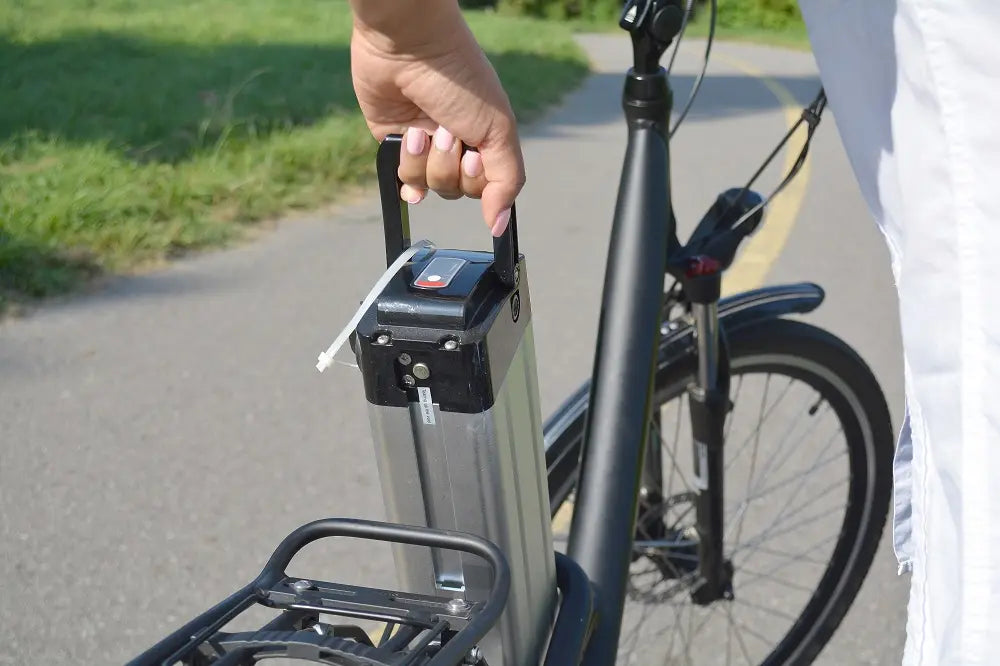
Lithium batteries stand tall as the preferred choice for most e-bike manufacturers and riders. Their claim to fame is their high energy density, which translates to e-bikes being able to traverse longer distances without frequent recharges. Diving deeper, the lithium-ion battery category is diverse. Variants like lithium-ion batteries, lithium cobalt, lithium manganese, and lithium-ion polymer each offer nuanced differences in terms of performance, weight, and durability. However, the overarching advantage remains the efficiency and relatively lightweight structure of the lithium battery. For those seeking longevity and performance, lithium-ion batteries, especially the Lithium Phosphate variant, can withstand up to 1000 charge cycles and promise a lifespan of three to five years.
#2. Nickel Batteries: Low Budget Solution
Nickel batteries may not share the limelight with lithium batteries, but they have their unique space in the e-bike sector. These batteries are typically more affordable, making them an option for those working within a tight budget. However, this cost advantage comes with trade-offs in terms of weight and lifespan. Nickel batteries are generally heftier and offer a lifespan of about 500 charge cycles. They are quickly losing popularity, as they have a greater discharge rate and poor electricity density.
#3. Lead Batteries: Hello from the Past
The old guards of the e-bike battery world, lead batteries, are now less common in newer models. Their primary challenge lies in their limited lifespan, as these e-bike batteries last about 300 charge cycles. Additionally, they're heavier than their lithium-ion counterparts, affecting the overall bike's agility and performance. On top of that, these batteries have been known to leak dangerous acid if they’re turned upside down or on their side. However, for those who have a penchant for vintage models or are working with certain specific requirements, lead batteries might still find a place.
Factors Influencing Ebike Battery Lifespan

When it comes to the longevity of an electric bicycle battery, several variables come into play. Understanding these factors can aid in extending the e-bike battery life.
Charge Cycles
A fundamental metric with e-bikes is the charge cycle. This term denotes the number of full charges a battery can undergo before its capacity starts to wane. It's not uncommon for e-bike batteries, especially quality ones, to handle anywhere from 500 to 1,000 charge cycles. In layman's terms, after a certain number of full charges, the battery might only charge up to, say, 80% of its original capacity.
Environmental Conditions
E-bike batteries, particularly the lithium-ion variety, have a love-hate relationship with extreme temperatures. Cold weather can be a nemesis, shortening the battery range, while warmer temperatures, on the flip side, might curtail the overall lifespan. It's a delicate balance and one that underscores the importance of storing the e-bike in environments that shun extremes, like a cool and dry place, shielded from the relentless rays of the sun.
User Habits
The relationship between an e-bike rider and the battery is symbiotic. How you treat the battery can profoundly impact its life. Charging habits, the terrain of rides, and even the frequency of usage can either be allies or adversaries. Being mindful of overcharging, ensuring the battery remains reasonably charged during long storage periods, and avoiding terrains that demand excessive battery use can be steps in the right direction.
How to Choose an Electric Bike Battery

Choosing an electric bike battery is not just about picking a power source; it's about optimizing the riding experience.
Determine Your Needs
Every rider has a unique narrative. Some may seek the thrill of long, peaceful rides, while others might want short, sweet city trips. Recognizing your riding pattern can guide you toward a battery with a capacity tailored to your needs. For those craving longer rides, a battery with a higher capacity is a logical choice, ensuring the e-bike remains a trusty steed throughout the journey.
Understand Specifications
In the realm of electric bike batteries, terms like capacity, voltage, and watt-hours aren't just jargon; they're crucial. At a foundational level, a battery with a higher watt-hour denotes a longer potential travel range. Delving deeper into these specifications can equip riders with the knowledge to choose a battery that dovetails with their expectations.
Compatibility
The relationship between an e-bike and its battery is intricate, and understanding the nuances can make all the difference.
1. Voltage and Watt Compatibility: The battery's voltage should align with the conversion kit's wattage. For instance, a 36V battery is typically compatible with 500W to 750W conversion kits. While it's possible to pair a 36V battery with a higher watt kit, doing so may limit the kit's capacity. Moreover, using high voltage batteries with low wattage conversion kits is not advisable, as a mismatch can lead to potential damage to the battery, the controller, and even the motor.
2. Connector Compatibility: Connectors play a pivotal role in ensuring the smooth operation of an e-bike. There are various types of connectors, including XT60, XT90, Anderson Connectors, Deans Plugs, XLR connectors, and more. Each has its own set of pros and cons, ranging from ease of installation to durability. For instance:
- XT60 Connectors: These are highly recommended for e-bikes due to their moisture resistance and durability. They can handle up to 60 amps and are relatively easy to solder.
- XT90 Connectors: Similar to XT60 but designed for higher power, handling up to 90 amps without melting.
- Anderson Connectors: Commonly seen on DIY bikes as charging connectors, they are affordable but may not be as durable as newer technologies.
3. Connector Types: Different connectors have varied specifications. For instance, the XT60 and XT90 connectors are moisture-resistant, making them ideal for e-bikes. On the other hand, Deans Plugs are compact but have poor moisture resistance. It's crucial to choose a connector that aligns with your e-bike's requirements and the environment you'll be riding in.
Brand Reputation
With eBike batteries, brand reputation means a lot. Companies with a legacy of quality and durability often have products that stand the test of time. After all, the joy of an e-bike ride shouldn't be marred by frequent battery replacements.
Conclusion
The exhilaration of an electric bike ride is, in many ways, powered by the battery. It's the silent companion that fuels every adventure, every commute, and every leisurely ride. As you embark on or continue your e-bike journey, understanding and choosing the right battery is paramount. Ready to leap into the world of e-bikes or seek more insights on batteries? Rydy Bikes is here to help you build your freedom. Shop for your e-bike now or connect with our team for bespoke advice tailored to your needs. Your next electric bike adventure awaits!
Shop For E-Bikes & Accessories
SHOP NOW

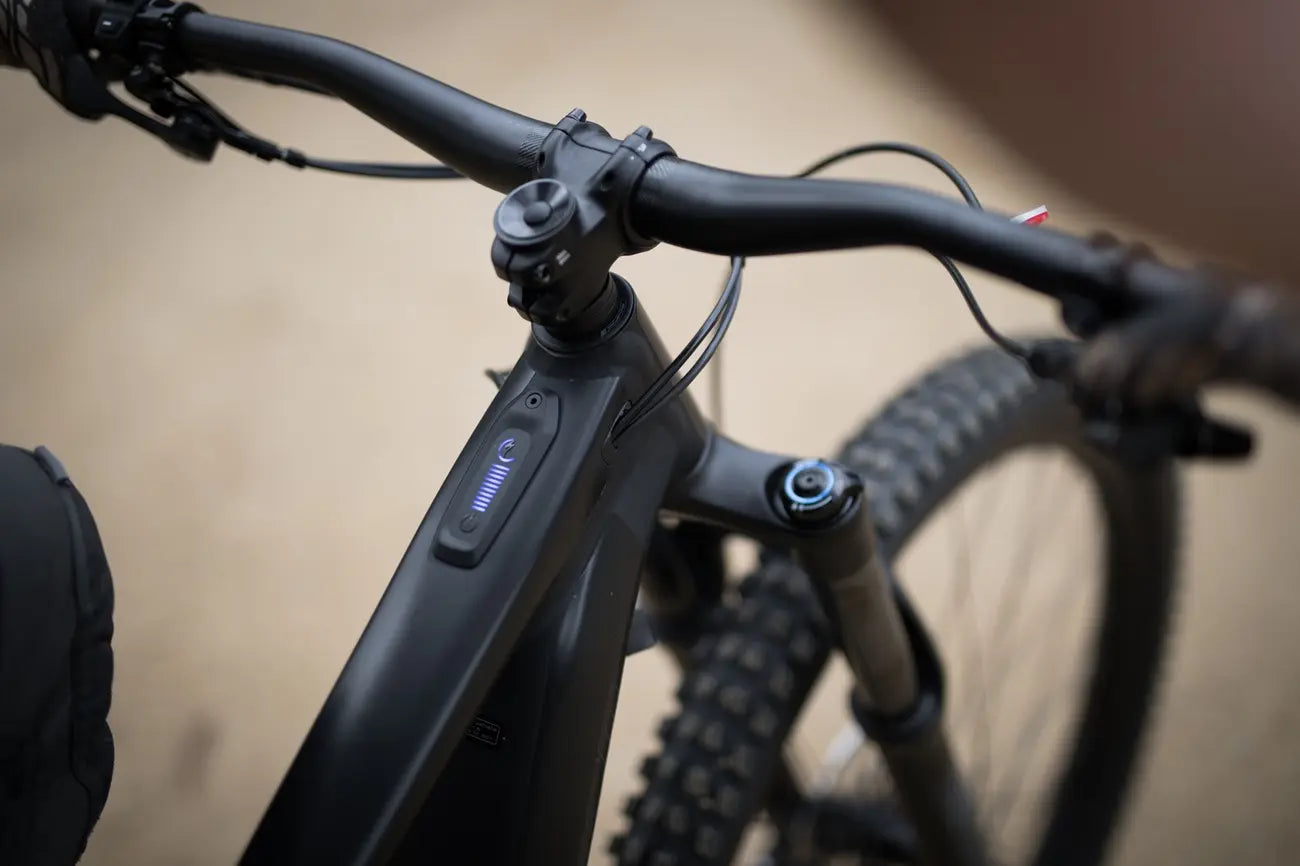
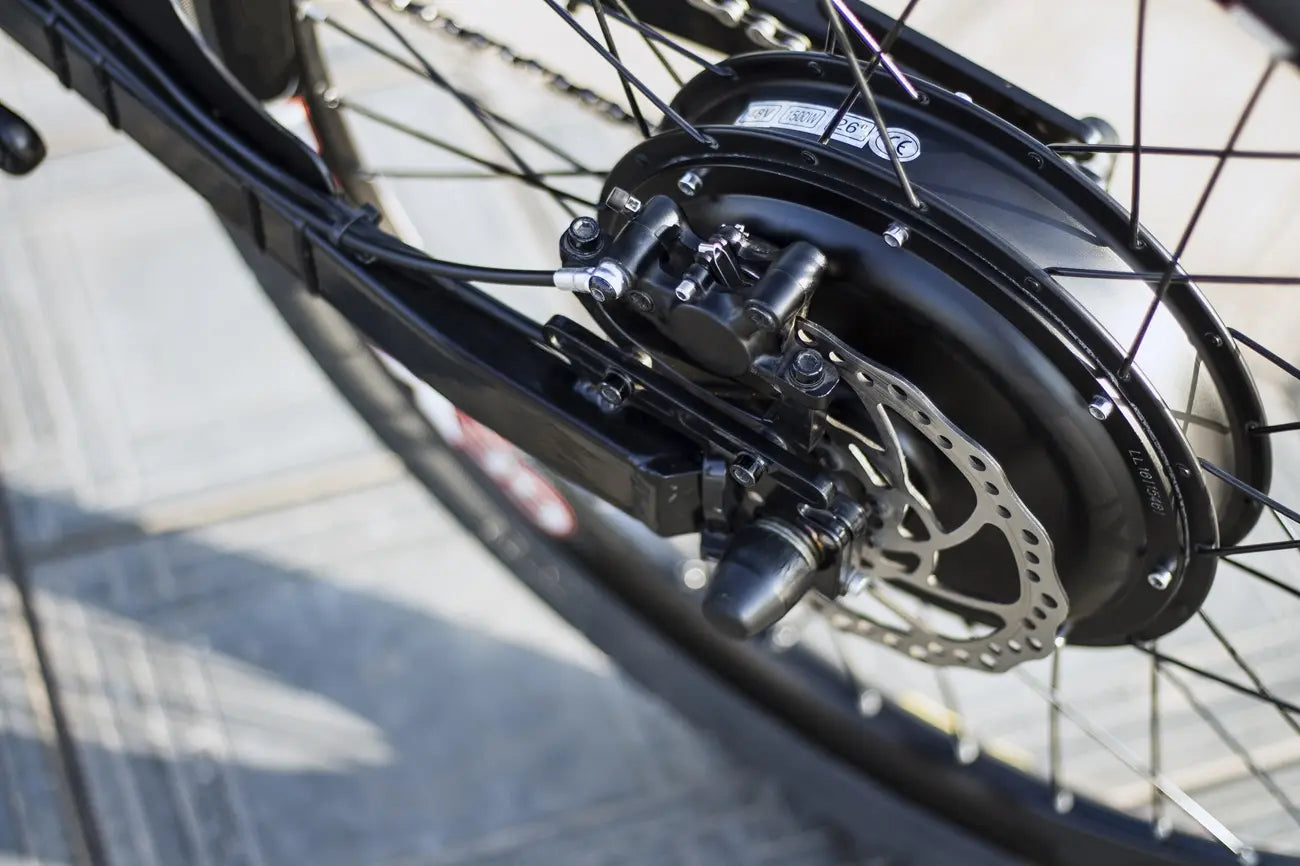
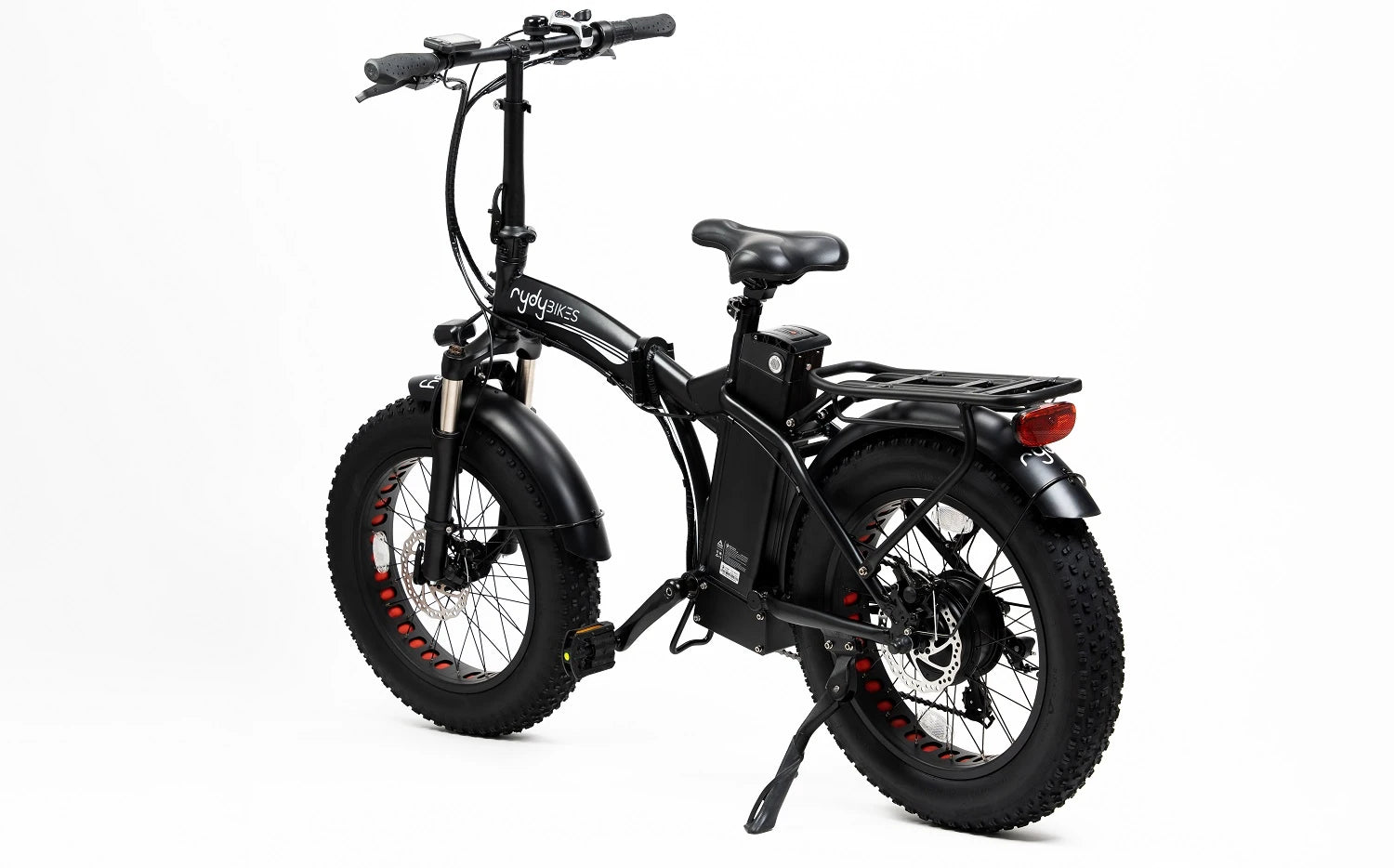



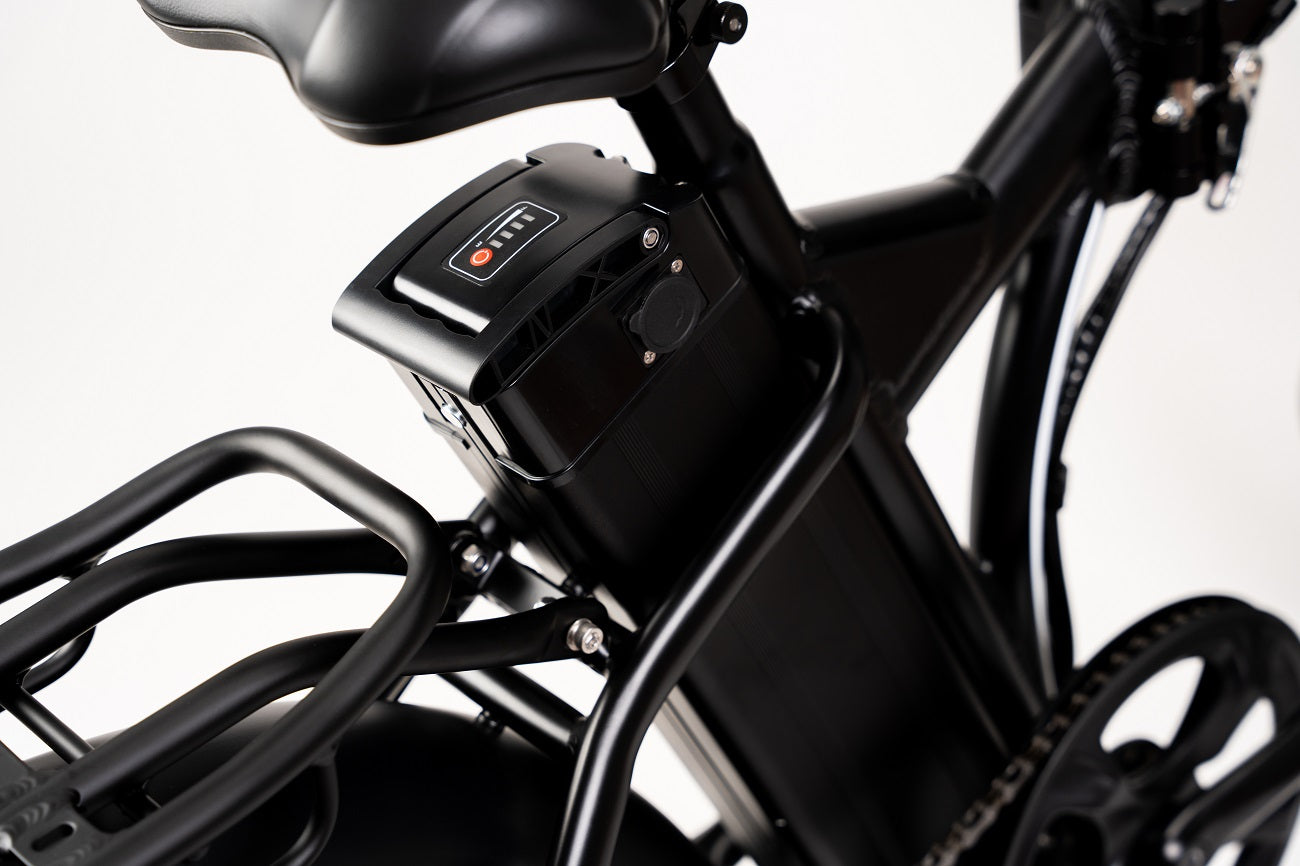


![E-Bike Tax Credit Bill: All You Need to Know About Electric Bicycle Incentive Kickstart Act [2023]](http://rydybikes.com/cdn/shop/articles/e-bike-tax-credit-bill-all-you-need-to-know-about-electric-bicycle-incentive-kickstart-act-2023.webp?v=1695716182&width=1500)
